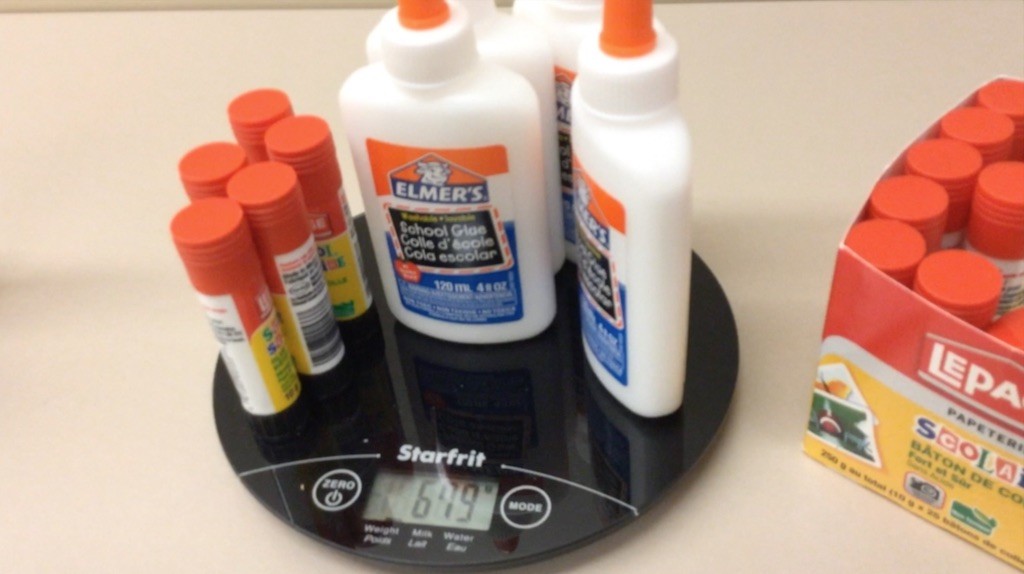Curriculum Tags: MPM1D, MFM1P
http://www.wired.com/2015/12/the-physics-behind-popping-champagne-bottles/
 More great stuff from @Desmos. There new set of activities called Marbleslides. This is a gamified version of the match my line type activity. The game part is that you have to use knowledge of function transformations to "collect stars" from falling marbles. They have one for linear functions, one for parabolic functions and one for sinusoidal functions (using radians). Some of them are challenging but I think most kids would be engaged in using them.
More great stuff from @Desmos. There new set of activities called Marbleslides. This is a gamified version of the match my line type activity. The game part is that you have to use knowledge of function transformations to "collect stars" from falling marbles. They have one for linear functions, one for parabolic functions and one for sinusoidal functions (using radians). Some of them are challenging but I think most kids would be engaged in using them.Curriculum Tags: MPM1D, MFM2P, MPM2D, MCR3U, MCF3M, MBF3C, MHF4U
https://teacher.desmos.com/marbleslides-lines
https://teacher.desmos.com/marbleslides-parabolas
https://teacher.desmos.com/marbleslides-periodics

I am really liking all of these examples of systems of linear equations that are the result of real situations where the answer can be revealed by making a measurement or a physical count. I think that makes it much more tangible for students. Here @mathletepearce has a few different examples dealing with the weights of various objects but when given only the total weight of groups of items. So you can create the linear equations and then reveal the answer. Watch all the videos for the three examples here.
Curriculum Tags: MPM2D, MFM2P
https://tapintoteenminds.com/3act-math/piling-up-systems/
 Can you tell the difference between math and poetry? Take this online quiz and find out if you can. Personally I got 9/20 which I contend means I don't see the difference between the two.
Can you tell the difference between math and poetry? Take this online quiz and find out if you can. Personally I got 9/20 which I contend means I don't see the difference between the two.Curriculum Tags: All
http://blogs.scientificamerican.com/roots-of-unity/mathematics-or-poetry-take-the-quiz/
This is a really short post (short enough that I can put the whole thing here) from the Better Questions blog, but here are three questions you can add to your repertoire:
- Why does that work?
- Can your idea be represented in a different way?
- Why does the answer make sense?
Don't forget to follow the Better Questions blog. Thanks to @misscalcul8 for this one
Curriculum Tags: All
https://betterqs.wordpress.com/2015/12/21/questions-from-a-missing-link/
 There are too many videos to link here but if you go to this Math in the Movies site you will find so many clips from movies that have connections to mathematics. From area of a circle (in Castaway) to to the Fibonacci sequence (in The DaVinci Code). Browse away and find something you can relate to your math classes.
There are too many videos to link here but if you go to this Math in the Movies site you will find so many clips from movies that have connections to mathematics. From area of a circle (in Castaway) to to the Fibonacci sequence (in The DaVinci Code). Browse away and find something you can relate to your math classes.Curriculum Tags: All
http://www.math.harvard.edu/~knill/mathmovies/
Some fun stuff from @benorlin. Report cards for famous mathematicians and physicists. Click on the link to see them all
Curriculum Tags: All
http://mathwithbaddrawings.com/2015/12/02/report-cards-for-famous-mathematicians/
Clever
Curriculum Tags: MCR3U, MCF3M
https://twitter.com/mathemaniac/status/682157200471531520
Stop Sine pic.twitter.com/mm8siPiSIv
— Simon Pampena (@mathemaniac) December 30, 2015
I really like this visually appealing area question. It requires only knowledge of composite figures and area of a square and circle.Curriculum Tags: Gr8, MPM1D, MFM1P
https://betterqs.wordpress.com/2015/12/09/a-puzzle-with-possibilities/
A very cool visualization of the geometric version of Pythagorean Theorem
Curriculum Tags: Gr8, MPM1D, MFM1P
http://poetrywithmathematics.blogspot.ca/2015/12/generalized-pythagorean-theorem-visual.html








No comments:
Post a Comment